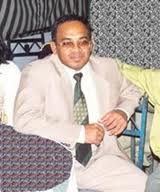The radicals blasted a treasure of their ancient heritage; the moderates defended the radicals.
The Taliban were assisted by Saudi/Pakistani engineers in the destruction of the ancient Bamiyan Buddha statues while Al Jazeera was the only outfit permitted to film the destruction.
From the Preface of Amartya Sen’s Identity & Violence, 2007
Indeed, many of the conflicts and barbarities in the world are sustained through the illusion of a unique and choiceless identity, The art of constructing hatred takes the form of invoking the magical power of some allegedly predominant identity that drowns other affiliations, and in a conveniently bellicose form can also overpower any human sympathy or natural kindness that we may normally have. The result can be homespun elemental violence, or globally artful violence and terrorism.
In fact, a major source of potential conflict in the contemporary world is the presumption that people can be uniquely categorized based on religion or culture. The implicit belief in the overarching power of a single classification can make the world thoroughly inflammable. A uniquely divisive view goes not only against the old-fashioned belief that all human beings are much the same but also against the less discussed but much more plausible understanding that we are diversely different. The world is frequently taken to be a collection of religions (or of ‘civilizations” or “cultures”), ignoring the other identities that people have and value, involving class, gender, profession, language, science, morals, and politics. This unique divisiveness is much more confrontational than the universe of plural and diverse classifications that shape the world in which we actually live. The reductionism of high theory can make a major contribution, often inadvertently to the violence of low politics.
Also, global attempts to overcome such violence are often handicapped by a similar conceptual disarray, with the acceptance-explicitly or by implication-of a unique identity forestalling many of the obvious avenues of resistance. As a consequence, religion based violence might end up being challenged not through the strengthening of civil society (obvious as that course is), but through the deployment of different religious leaders of apparently “moderate” persuasion who are challenged not through suitably refining demands of the religion involved. When interpersonal relations are seen in singular intergroup terms, as “amity” or “dialogue” among civilizations or religious ethnicities, paying no attention to other groups to which the same persons also belong (involving economic, social, political, or other cultural connections), then much of importance of human life is altogether lost, and individuals are put into little boxes.
Above is a a gleaning from the book titled “Identity and Violence’ by Amartya Sen. ISBN-13: 978-0-393-32929-2
The magnificent free-standing statue carved out of a single rock is the tallest Buddha statue in existence today. Following the destruction of similar but much larger statues at Bamiyan in Afghanistan, the Aukana Buddha has gained even greater significance in the Buddhist World.


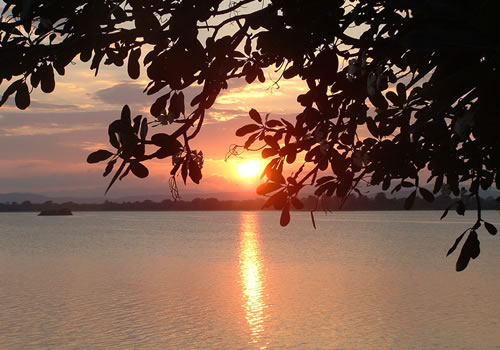
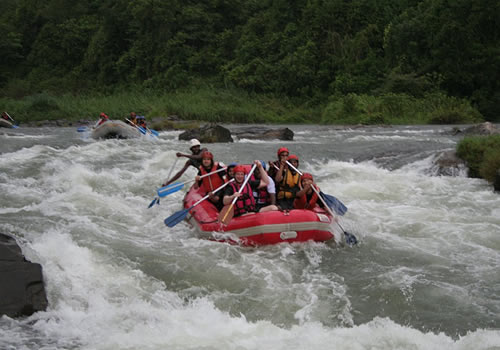
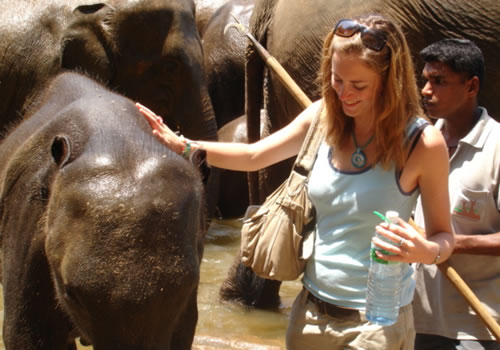
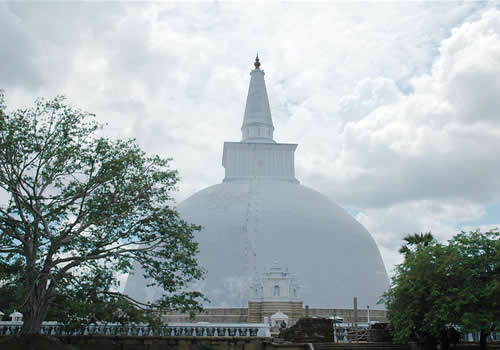
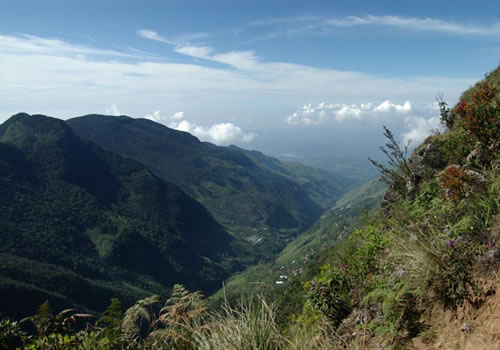









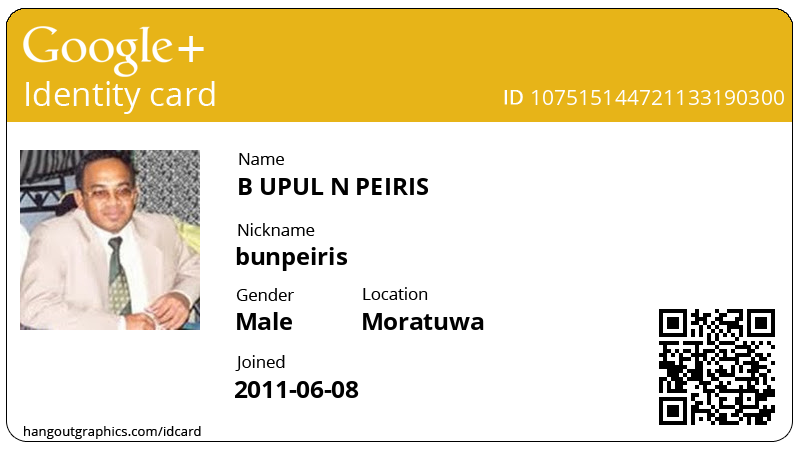









.jpg)






